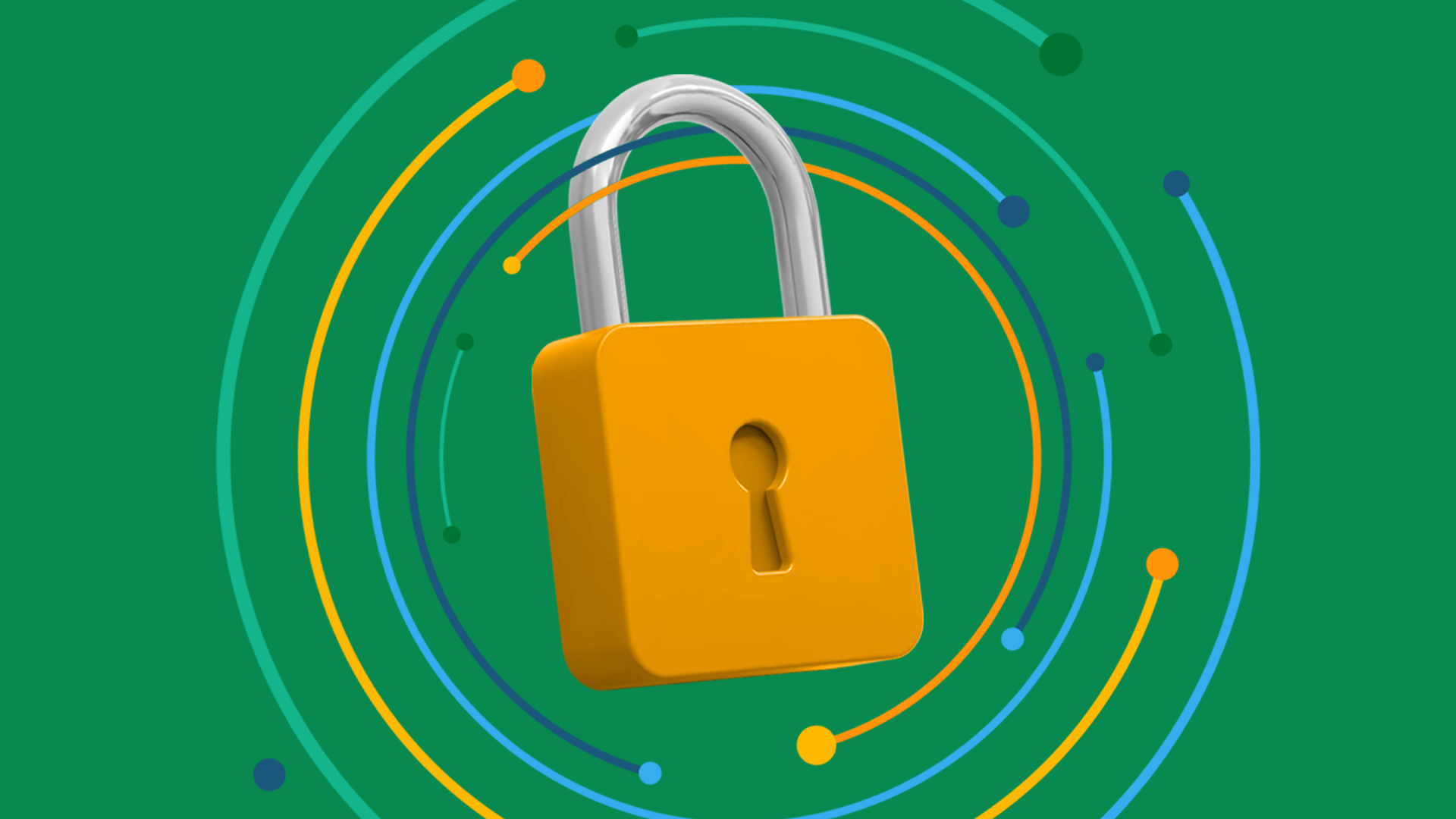In today's digital age, where our lives are increasingly intertwined with the online world, the importance of safeguarding our online privacy and data security cannot be overstated. Just as you would fortify your home against potential intruders, it's essential to protect your digital presence from cyber threats. In this blog, we'll explore some practical steps you can take to guard your digital fortress and keep your sensitive information safe.
1.Fortify Your Passwords: Your online accounts are like the drawbridge to your digital castle, and strong, unique passwords are your first line of defense. Avoid using easily guessable passwords like "123456" or "password." Instead, create complex passwords with a mix of letters, numbers, and symbols. Consider using a trusted password manager to generate and store your passwords securely.
2. Enable Two-Factor Authentication (2FA): Just as you would add a moat around your castle, 2FA adds an extra layer of security to your online accounts. With 2FA, even if someone guesses your password, they would still need a second authentication factor, such as a one-time code sent to your phone, to access your account.
3. Keep Software and Systems Updated: Think of software updates as reinforcing the walls of your fortress. Developers release updates to patch security vulnerabilities. Neglecting updates can leave your devices and applications vulnerable to cyberattacks. Enable automatic updates wherever possible to stay protected.
4. Be Wary of Phishing: Phishing attacks are like Trojan horses, trying to trick you into revealing sensitive information. Be cautious of unsolicited emails, messages, or links, especially if they ask for personal or financial information. Verify the sender's identity before clicking on any links or downloading attachments.
5. Secure Your Wi-Fi Network: Your home network is the drawbridge to your digital castle. Ensure your Wi-Fi network is password-protected with WPA3 encryption. Change the default login credentials for your router, and regularly update your router's firmware.
6. Use a VPN (Virtual Private Network): A VPN can be compared to a secret tunnel to access the internet. It encrypts your internet connection, making it harder for anyone to intercept your online activities. Consider using a reputable VPN service, especially when connecting to public Wi-Fi networks.
7. Limit Sharing on Social Media: Think twice before sharing personal information on social media. Cybercriminals often use publicly available information to craft convincing phishing attacks. Review your privacy settings to control who can see your posts and personal details.
8. Regularly Back Up Your Data: Backing up your data is like storing your treasures in a secure vault. Regularly back up your important files and documents to an external hard drive or a trusted cloud service. In case of a ransomware attack or data loss, you'll have a secure copy of your data.
9. Educate Yourself: Knowledge is your strongest shield. Stay informed about the latest cybersecurity threats and best practices. Understand common attack vectors and how to recognize them.
10. Monitor Your Accounts: Keep a vigilant watch on your financial and online accounts for any unusual activity. Many services offer account activity notifications that can alert you to potential security breaches.
Remember, guarding your digital fortress requires constant vigilance. Cyber threats are continually evolving, so staying informed and proactive is key to maintaining your online privacy and data security. By following these steps, you can build strong digital defenses and enjoy a safer and more secure online experience.



0 Comments